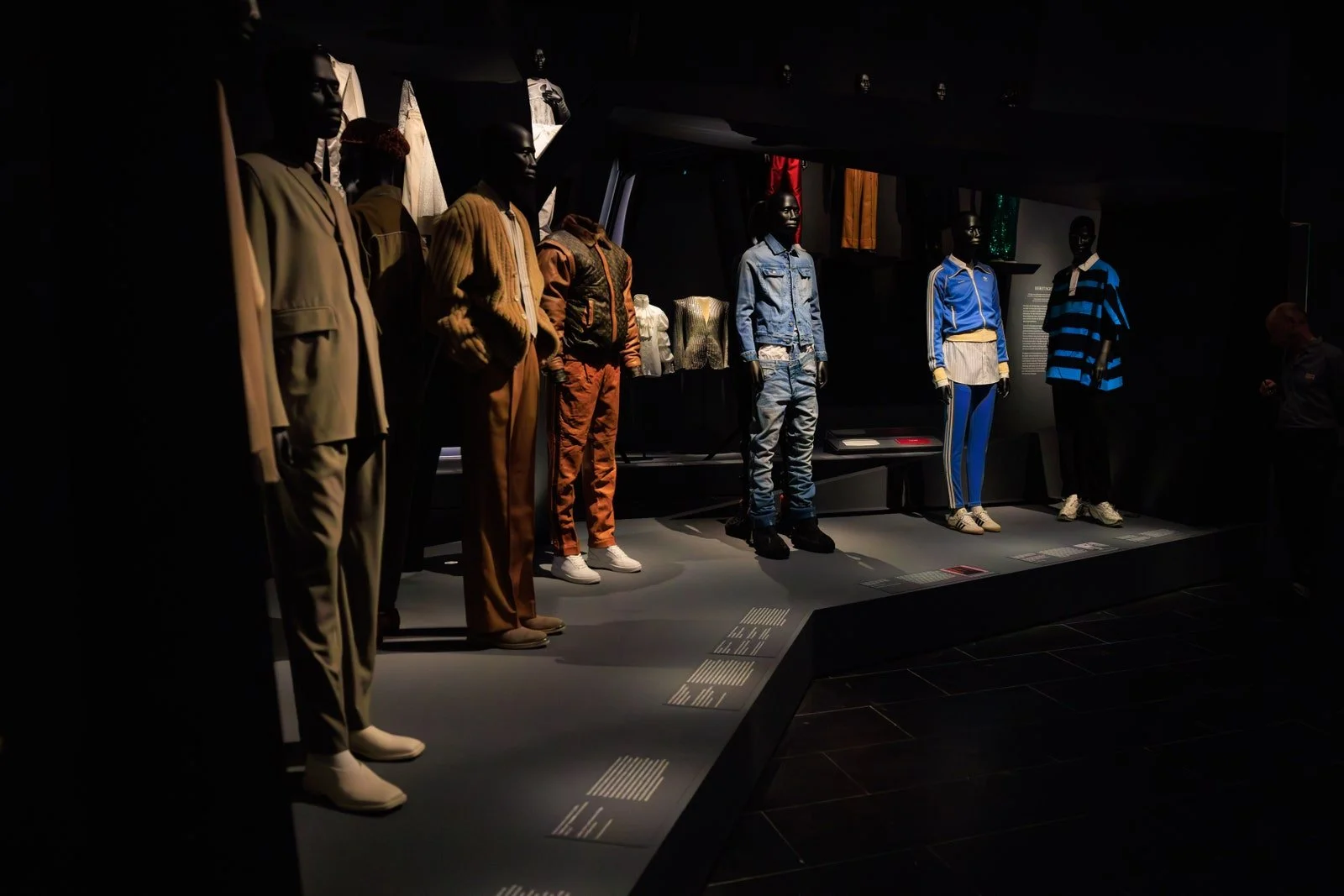MET GALA 2025’S ‘SUPERFINE: TAILORING BLACK STYLE’ MIGHT JUST BE A BEACON OF HOPE FOR CHANGE WE NEEDED
editor MAREK BARTEK
This year’s Met Gala is making a point that truly resonates. The 2025 theme, ‘Tailored for You,’ aligned with the Costume Institute’s new exhibition ‘Superfine: Tailoring Black Style’ is about reclamation, resistance, and redefining who gets to be seen as elegant, powerful, and iconic. It is an overdue acknowledgement that Black people, and Black men especially, have been dictating the rhythm of fashion long before the industry called it “cool.”
Unknown (American). [Studio Portrait], 1940s–50s. Gelatin silver print. The Metropolitan Museum of Art, New York, Twentieth-Century Photography Fund, 2015 (2015.330)
For the first time in over two decades, the spotlight is back on menswear. But for the first time EVER it centres around Black designers and Black style so explicitly. With precision cuts, unapologetic self-expression, and sartorial rebellion forged in centuries of survival, the theme zeroes in on Black dandyism: a movement that’s part protest, part performance, and entirely political. I want to make it perfectly clear, Black dandyism is not just about looking good. It’s about looking good when the world told you you had no right to. In 18th-century, enslaved Black men were often forced into fine livery, dressed like dolls for the pleasure of white households. But fashion, as it often does, became a tool to flip the narrative. That same tailoring became armour. It became theatre, and a way to reclaim the body; to demand presence in spaces that attempted to erase Black men.
images from 'Superfine: Tailoring Black Style' exhibition catalogue, photography by Tyler Mitchell, courtesy of The Metropolitan Museum of Art
From that foundation came an aesthetic legacy of Harlem Renaissance jazz men in double-breasted blazers, Congolese sapeurs dressed like kings in postcolonial cities or even hip-hop stars redefining luxury on their own terms. Fashion became the language, and dandyism became the dialect of defiance. And so, the Met stepping in and working to start conversation on Black style matters. Fashion has long borrowed from Blackness without citing its sources, excluding Black designers while mimicking their genius. In 2025, Blackness in fashion is still too often “inspiration,” not institution.
The Dinner Party, photography by Tyler Mitchell, courtesy of The Metropolitan Museum of Art
That’s what makes this year so different. This isn’t about something trendy, it is testimony. With Monica L. Miller (author of ‘Slaves to Fashion’) guest curating the exhibit, and co-chairs like Colman Domingo, Lewis Hamilton, A$AP Rocky, and Pharrell Williams, the message is loud and clear: this is Black vision, not just Black visibility. The difference matters because representation without authorship is just decoration. And Black people, especially Black queer and trans people, are not accessories. The exhibition itself digs deep. ‘Superfine: Tailoring Black Style’ goes beyond just showcasing style; it maps a political lineage. Curated across themes like “Rebellion,” “Freedom,” or “Cosmopolitanism”, it reminds us that Black style has always been about more than aesthetics.
What we’ll see on the carpet will most likely be an abundance of lush fabrics, exaggerated silhouettes, archival references, but it’s all just the surface. Underneath it is centuries of coded messages because for Black communities, getting dressed has always been a statement. It’s never just been about “what to wear,” it’s about “what does wearing this mean?” What we can hopefully expect are new designers, who’ve been excluded from legacy spaces to finally take up rightful room. And we can definitely expect critics to misunderstand half of it.
left: looks at Respectability section, photographed by Acielle / Style du Monde via vogue.com
right: liveries at the Ownership section, photographed by Acielle / Style du Monde via vogue.com
looks at the Cool section of the exhibition, photographed by Acielle / Style du Monde via vogue.com
But perhaps one of the most important things to realise is that this isn’t just about the past. Right now, in real-time, Black men and boys are still being punished for the way they dress. Hoodies, locs, sneakers, they are all read as a threat in a society that criminalises Black expression while profiting off it. So yes, a Met Gala themed around Black tailoring might be a significant moment but it’s also a mirror.
Uplifting Black style for one gala night doesn’t fix the industry. It doesn’t correct the decades of theft, tokenism, and gatekeeping. But it does open the door, and now we’re walking through it. In custom looks, no less. This Met Gala isn’t just for the archives, it’s for the future, and I would love if it wasn’t just a costume of publicity stunt but an actual catalyst of real change.







